8 tips for high-quality architectural concrete

Fair-faced concrete is a complex product that requires skill and proficiency. Depending on their purpose, Concrete structures must meet certain requirements in terms of design, durability or sustainability. These 8 tips will guide you in the process of achieving optimal results in construction projects involving fair-faced concrete.
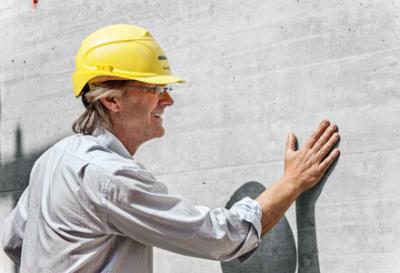
#1: Define assessment criteria prior to start of work
Well before the actual work begins, set out the criteria for evaluating how concrete surfaces should look. What concrete surface pattern/grid does the project owner want to achieve? What requirements apply to the concrete surface texture? What shade of colour should the finished concrete have? These are some of the criteria that will subsequently play a major role by choosing the right formwork and the right concrete mixture.
#2: Select the most suitable formwork system for the project
The formwork system is a major factor for the concrete finish. The arrangement of the form ties and the footprint made by the frames at the inter-panel joints will subsequently appear on the surface, patterning the visible part of the concrete.
The guide below will support you in the selection of the right Doka formwork for fair-faced concrete:
| Framax Xlife doubled up | Wall formwork FF100 tec | Large-area formwork Top 50 | Large-area formwork Top 100 tec | |
|---|---|---|---|---|
| Flexible joint pattern | **** | ** | ***** | ***** |
| Flexible form-tie pattern | ** | *** | ***** | ***** |
| Free choice of formwork sheeting | ***** | ***** | ***** | ***** |
| Number of form-tie points | *** | **** | *** | ***** |
#3: Choose the right formwork sheets
The right choice of concrete facing material (wood, metal, plastic, etc.) is crucial for the appearance of the finished concrete. There are numerous types and categories of formwork panels but not all are suitable for achieving perfect fair faced concrete results. Knowing the features and the effects of formwork boards on the concrete surface is crucial. In addition, it is important to know how to use the boards correctly.Formwork experts recommend to secure the formwork sheets from the back side.
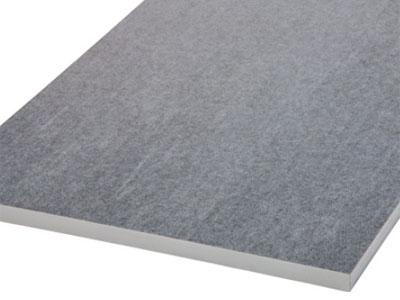
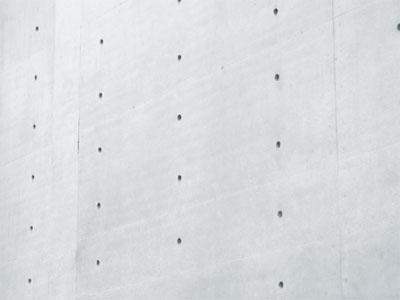
Xface formwork sheet
Features
- birch plywood, crosswise glue bonded
- concrete side with hard-wearing synthetic resin coating, back coated with phenolic resin
- non-absorbent surface
- formwork sheet for smooth concrete surfaces
- normal pore formation
- finished concrete light in colour
Dokaplex formwork sheet
Features
- birch plywood, crosswise glue bonded
- same phenolic resin coating on both sides
- for use with wall and slab formwork
- suitable for smooth fair-faced concrete surfaces
- cut edge sealed
- slightly absorbent
- surface without structure
- normal pore formation
- finished concrete light in colour
Formwork sheet 3-SO
Features
- 3-ply sheet (spruce) crosswise glued
- face layers are thin, so less tendency to crack surface
- coated with glue
- slight board-type structure (depending on timber moisture)
- used for wall and slab formwork
- consistently high timber quality
- smooth concrete finish
- uniform concrete faces
- slightly absorbent surface
- low pore formation
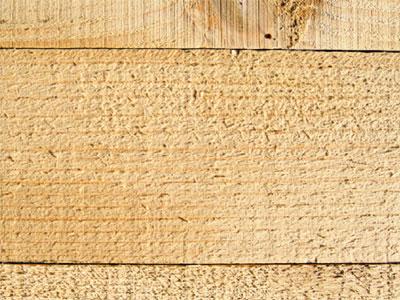
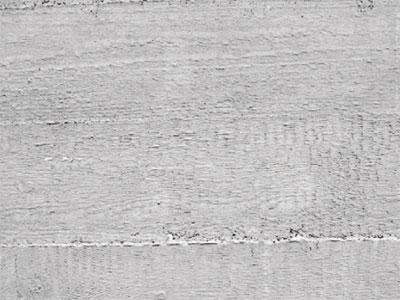
Rough cut boards
Features
- rough board structure with dark concrete colour
- brighter after several use cycles
- very pronounced absorbency
- hardly any pores in the visible surface
- variations in absorbency due to knots, resin pockets, etc.
- wood sugar prevents some of the concrete from setting
- wood fibres might stick to the surface of the concrete
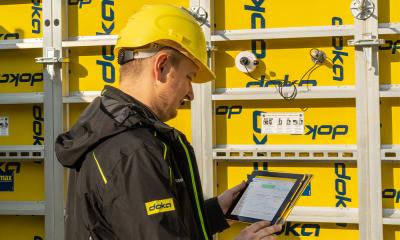
#4: Select the right concrete mixture
The right concrete recipe plays a significant part in concrete surface quality. The recipe affects the porosity and the coloring of the concrete, as well as the overall outcome of the concrete surface such as the appearance of rock pockets, creeping water effects and lime efflorescence.
There are available solutions that can support you in the definition of the suitable concrete mix for ensuring a similar colour tone throughout the concrete surface. Doka customers rely on Concremote for optimal results of the concrete structure.
#5: Do not mix new and used formwork
With regard to the appearance of the concrete and the absorbency of the formwork sheets there are big differences between used formwork and new formwork. This can have consequences, including differences in the colouring of the finished concrete surface. So avoid mixing new and used formwork.
#6: Test, re-test and then test again
Chemical and physical interactions between individual material components (e.g. release agents, concrete additives) while construction is in progress can have undesirable side-effects. Before work starts, test for interactions between the materials to be used. Conduct these tests on sample surfaces and under local jobsite conditions.
Some release agents can have a pronounced effect on the porosity of the concrete. So test in advance on sample surfaces. Doka-Optix, for example, is a release agent that helps produce very low-pore concrete surfaces with uniform colouring.
#7: Consider the weather conditions
Adapt the concrete recipe to weather conditions and note the following: At ambient temperatures <10 °C it becomes very difficult to produce fair-faced concrete to standards compatible with high requirements. This has an effect on stripping time and fresh-concrete pressure. For example, when the stripping time is prolonged during the cold weather conditions the concrete surface might appear darker.
Keep in mind that in hot weather conditions the formwork panels could warm up significantly. This could lead to quick drying of the concrete during pouring. After stripping the resulting flaws are visible on the concrete surface. Also, it is possible that the concrete starts stiffening sooner than normally when the temperatures are too high. Possible solutions are pouring of the concrete in the early hours of the day, using shades, or cooling the concrete with ice.

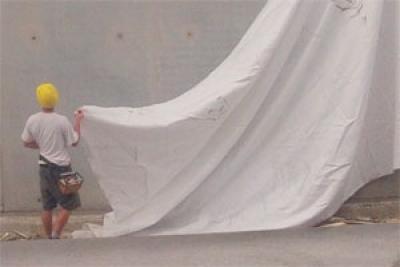
#8: Start follow-up treatment immediately after stripping
Start curing immediately after stripping and protect your concrete surface with foil that does not come in contact with the concrete. Avoid allowing any air flow between the concrete surface and the covering foil.
Do you know how to achieve the best fair-faced concrete results? The Doka Experts will consult you on the best techniques, products, specific construction codes and standards as well as how to implement custom requirements.
Get in touch with our experts
Fair-faced concrete expertise by Doka
Find out more about architectural concrete and the know how of the dedicated Doka competence center that supports construction project managers and architects in fair-faced concrete projects around the world. You can rely on the Doka experts to put their experience into practice and apply the latest findings on all aspects of fair-faced concrete engineering to your project.





